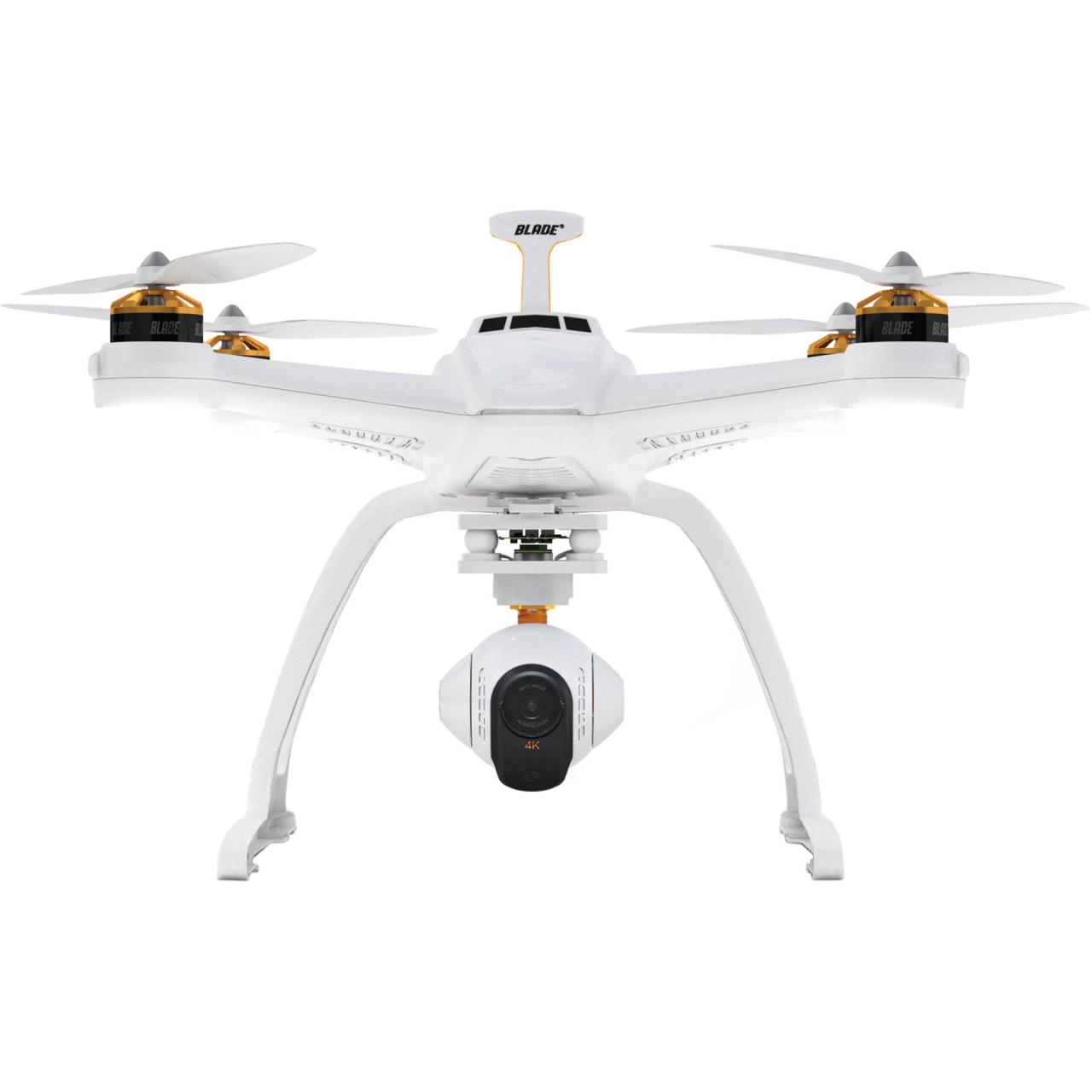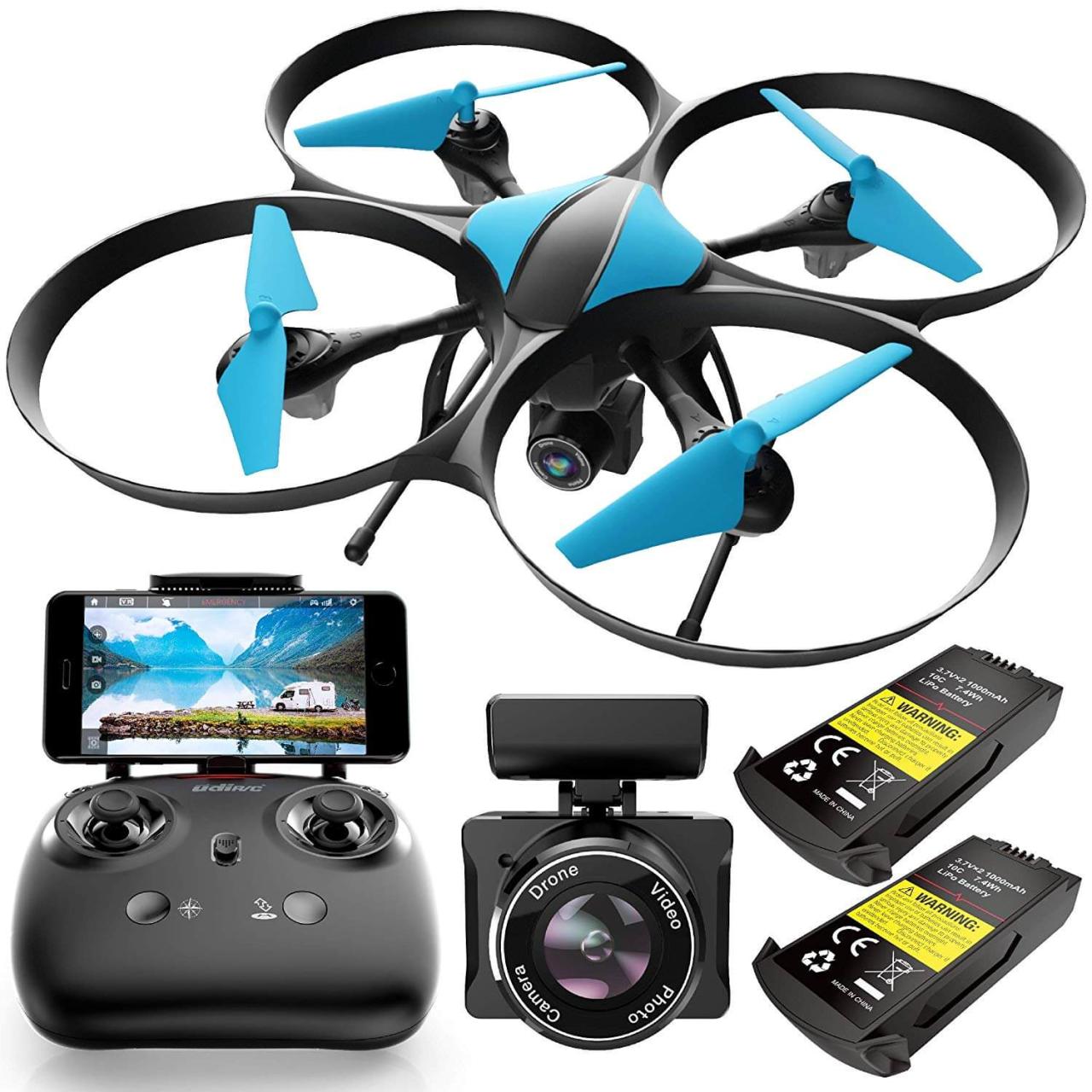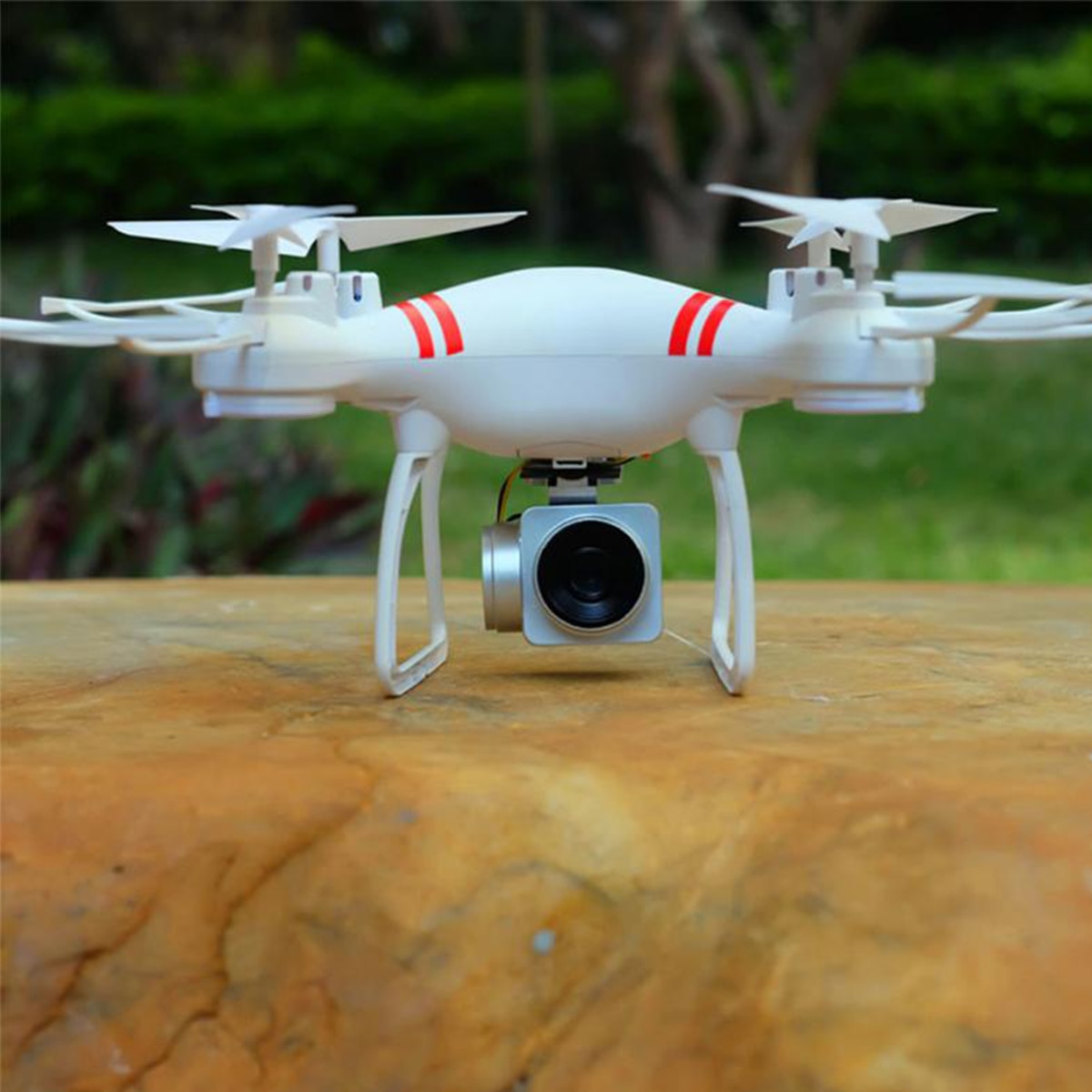Drone with camera technology has revolutionized various sectors, from professional filmmaking to agricultural monitoring. This guide delves into the multifaceted world of drones equipped with cameras, exploring their diverse types, capabilities, applications, and considerations for safe and effective operation. We’ll examine the technological advancements driving this innovation and the resulting impact across numerous industries.
From understanding the nuances of camera specifications and flight performance to navigating legal regulations and mastering post-processing techniques, this comprehensive resource aims to equip readers with the knowledge necessary to confidently utilize drone technology. We’ll cover everything from choosing the right drone for your needs to maximizing its potential through effective maintenance and software utilization.
Camera Features and Specifications: Drone With Camera

Drone cameras offer a wide range of features impacting image and video quality, making them suitable for various applications from professional filmmaking to casual aerial photography. Understanding these features is crucial for selecting the right drone for your needs. The key aspects to consider include resolution, field of view, image stabilization, and video recording capabilities, all of which are influenced by sensor size and lens type.
The quality of images and videos captured by a drone camera is largely determined by several key specifications. These specifications directly impact the final product, whether it’s a stunning landscape shot or a detailed inspection video. A careful consideration of these factors will ensure the drone camera meets the user’s expectations.
Camera Resolution and Video Recording Capabilities
Resolution refers to the number of pixels in an image, directly impacting its detail and clarity. Higher resolution means more detail, allowing for larger prints or more cropping without significant quality loss. Video recording capabilities are similarly important, with higher resolutions (e.g., 4K) offering greater detail and smoother motion compared to lower resolutions (e.g., 1080p). Frame rates also play a significant role; higher frame rates (e.g., 60fps) create smoother, more realistic slow-motion effects.
For instance, a drone with a 48MP still image sensor and 4K 60fps video recording capability would be ideal for high-quality professional work, while a 12MP still image sensor and 1080p 30fps video recording capability might suffice for casual use.
Image Stabilization
Effective image stabilization is crucial for capturing sharp, clear images and videos, especially when flying in windy conditions or making quick movements. Different drones employ various stabilization techniques, including electronic image stabilization (EIS) and mechanical gimbal stabilization. EIS processes the image digitally to reduce shaking, while a mechanical gimbal uses physical motors to isolate the camera from the drone’s movements.
A three-axis gimbal, for example, compensates for pitch, roll, and yaw, providing superior stability compared to a two-axis gimbal. The absence of any image stabilization results in shaky footage, making it unsuitable for many applications.
Field of View (FOV)
The field of view determines the breadth of the scene captured by the camera. A wider FOV captures a larger area, ideal for landscapes and overview shots. A narrower FOV provides a closer, more focused perspective, suitable for subjects requiring more detail. The FOV is typically measured in degrees; a wider FOV might be 80-100 degrees, while a narrower FOV could be 20-30 degrees.
For example, a wide-angle lens is preferred for capturing sweeping vistas, whereas a telephoto lens would be better for capturing detailed images of distant subjects.
Sensor Size and its Impact on Image Quality
The size of the camera’s sensor significantly impacts image quality, particularly in low-light conditions. Larger sensors gather more light, resulting in cleaner images with less noise and better dynamic range (the difference between the darkest and brightest parts of an image). Smaller sensors are more susceptible to noise and struggle in low light. For instance, a drone with a 1-inch sensor will generally produce higher-quality images than one with a 1/2.3-inch sensor, especially in low-light situations.
Drones equipped with cameras offer incredible versatility for capturing aerial footage, providing perspectives previously unattainable. For a stunning example of fixed-location aerial imagery, check out the live feed from the port dover camera , which offers a similar view to what a drone might capture. This highlights the potential applications of drone camera technology in various fields, from environmental monitoring to real estate photography.
The larger sensor can capture more light, leading to less grain and better detail in shadows.
Lens Types and Applications
Different lens types cater to specific needs and applications. Wide-angle lenses are best for capturing expansive landscapes and panoramic views. Telephoto lenses allow for capturing detailed images of distant subjects without getting physically closer. Zoom lenses offer versatility, allowing for adjusting the field of view without changing lenses. For example, a wide-angle lens is ideal for capturing a vast mountain range, a telephoto lens is suitable for capturing close-up images of wildlife from a distance, and a zoom lens allows the user to switch between wide shots and close-ups without needing to change the lens.
Drone Flight Capabilities and Safety

Understanding a drone’s flight capabilities and adhering to safety protocols are crucial for both successful operation and responsible use. Factors like flight time, range, and wind resistance directly impact the drone’s performance and the scope of your projects. Simultaneously, respecting legal regulations and prioritizing safety features minimizes risks and ensures compliance.Drone flight time, range, and wind resistance are interdependent factors influencing operational effectiveness.
Flight time dictates the duration of a single flight before the battery requires recharging, limiting the length of a single operation. Range refers to the maximum distance the drone can travel from its controller before signal loss, potentially resulting in a loss of control. Wind resistance, the force exerted by wind on the drone, affects stability and maneuverability, especially in challenging weather conditions.
A longer flight time allows for more extensive aerial photography or videography sessions, while a longer range allows for covering larger areas. High wind resistance enables more stable operation in windy environments. Consider the specific needs of your application when choosing a drone; a landscape photographer will prioritize range and wind resistance, while a close-range inspector might prioritize flight time.
Flight Time, Range, and Wind Resistance Considerations
Selecting a drone requires careful consideration of flight time, range, and wind resistance. These factors significantly influence operational capabilities and project feasibility. A drone with a longer flight time allows for extended operation without interruptions for battery changes, increasing efficiency. Greater range extends the operational area, useful for large-scale mapping or surveying projects. Strong wind resistance ensures stable flight in challenging weather conditions, minimizing the risk of accidents.
Drones equipped with cameras offer incredible versatility for capturing aerial footage, proving invaluable in various applications. For instance, monitoring remote locations like the challenging Coquihalla Highway is greatly aided by technology such as the coquihalla weather camera , providing real-time data. This highlights how drone camera technology, adapted for specific needs, enhances our ability to observe and react to changing conditions, even in difficult terrains.
The optimal balance of these factors depends on the intended application. For instance, a drone used for inspecting infrastructure might prioritize longer flight time and moderate range, while a drone for aerial photography of large landscapes might require a longer range and moderate wind resistance. Understanding these specifications is key to selecting the right drone for a specific task.
Safe Drone Operation Best Practices, Drone with camera
Safe drone operation requires adherence to legal regulations and the adoption of responsible flying practices. Before operating a drone, it is essential to familiarize yourself with local and national laws governing drone use, including airspace restrictions and registration requirements. Always check for airspace restrictions before flight using approved apps or websites. Maintain visual line of sight with the drone at all times, avoiding distractions and ensuring safe operation.
Never fly near airports, heliports, or other restricted areas. Fly only during daylight hours and in conditions with good visibility. Furthermore, always respect the privacy of others and avoid flying over private property without permission.
Drone Safety Features
Modern drones incorporate several safety features to enhance safe operation and mitigate risks. Understanding these features and utilizing them correctly is crucial for responsible drone piloting.
- Obstacle Avoidance: Many drones are equipped with sensors that detect obstacles and automatically adjust the flight path to avoid collisions. This significantly reduces the risk of accidents, especially in complex environments.
- GPS Functionality: GPS enables precise location tracking and facilitates features like Return-to-Home (RTH), which automatically returns the drone to its starting point if signal is lost or the battery is low. This enhances safety by preventing loss or damage.
- Geofencing: This feature sets virtual boundaries around a designated area, preventing the drone from flying beyond these limits. This is particularly useful for maintaining control and avoiding restricted airspace.
- Emergency Stop: A readily accessible emergency stop button allows the pilot to immediately halt the drone’s operation in case of unexpected situations.
- Low Battery Warning: The drone alerts the pilot when the battery is running low, providing ample time to initiate a safe return to the home point.
Post-Processing and Software

Harnessing the full potential of your drone footage requires effective post-processing. This stage transforms raw footage into polished, visually compelling content, enhancing its impact and professional quality. The right software and techniques are key to achieving this.Post-processing for drone footage involves a range of techniques aimed at improving image quality, correcting distortions, and adding creative effects. This includes color grading to establish a specific mood or style, stabilization to counteract shaky footage, and various other adjustments to optimize the final product.
The choice of software depends on factors like budget, experience level, and the desired level of control.
Software Options for Drone Footage Editing
Several software options cater to different skill levels and budgets. High-end professional software offers extensive features and control, while user-friendly options are ideal for beginners. The selection should align with your needs and technical proficiency.
- Adobe Premiere Pro: A professional-grade video editing software known for its powerful features, extensive effects library, and smooth workflow. It excels in complex projects requiring advanced color grading, motion graphics, and intricate editing.
- DaVinci Resolve: A highly versatile and powerful option offering a comprehensive suite of tools for video editing, color correction, visual effects, and audio post-production. Its free version is surprisingly capable, while the paid Studio version unlocks advanced features.
- Final Cut Pro X: A popular choice among Mac users, known for its intuitive interface and efficient performance. It offers a good balance of features and ease of use, making it suitable for both beginners and experienced editors.
- HitFilm Express: A free, feature-rich video editor that provides a solid foundation for learning video editing techniques. While the free version includes watermarks, it’s a great starting point before investing in more expensive software.
Common Post-Processing Techniques
Effective post-processing significantly enhances the visual appeal and professionalism of drone footage. These techniques address common issues and add creative flair.
- Color Grading: This involves adjusting the color balance, contrast, saturation, and other color parameters to achieve a desired look and feel. For example, a vibrant, saturated look might suit landscape footage, while a more muted palette could work better for urban scenes.
- Stabilization: Drone footage can sometimes be shaky, especially in windy conditions. Stabilization software smooths out the footage, resulting in a more professional and watchable video. Many editing software packages include built-in stabilization tools.
- Noise Reduction: High ISO settings or low-light conditions can introduce noise (grain) into the footage. Noise reduction techniques help minimize this grain, resulting in a cleaner image.
- Sharpening: Subtle sharpening can enhance the details and clarity of the footage, making it appear crisper and more defined. However, over-sharpening can lead to artifacts, so moderation is key.
Achieving Specific Effects with Editing Software
Different software packages offer varying levels of control over specific effects.
- Color Grading in DaVinci Resolve: DaVinci Resolve’s color correction tools are renowned for their precision and power. Its node-based system allows for complex color manipulations, enabling users to create unique looks and moods with ease.
- Stabilization in Adobe Premiere Pro: Premiere Pro’s Warp Stabilizer VFX is a powerful tool for smoothing out shaky footage. It offers various settings to fine-tune the stabilization process, balancing smoothness with preserving detail.
- Creating Slow-Motion Effects in Final Cut Pro X: Final Cut Pro X’s built-in tools simplify the creation of slow-motion effects. Users can easily adjust the playback speed and apply various smoothing algorithms to minimize artifacts during slow-motion playback.
Cost and Maintenance
Owning and operating a drone with a camera involves significant upfront and ongoing costs. These expenses extend beyond the initial purchase price and encompass maintenance, repairs, and accessory acquisitions. Understanding these costs is crucial for budgeting and ensuring the long-term viability of your drone investment. Careful planning and preventative maintenance can significantly reduce unexpected expenses.The total cost of drone ownership is a complex equation influenced by several factors.
These include the drone’s capabilities (professional vs. hobbyist), the frequency of use, the environment in which it operates, and the owner’s maintenance habits. Higher-end drones naturally command a steeper initial investment, but often offer features that justify the expense in the long run, such as superior image quality, longer flight times, and advanced safety features. Conversely, less expensive models may require more frequent repairs or replacements, ultimately negating any initial cost savings.
Drone Cost Breakdown by Category
The table below provides estimated costs for different drone categories. These figures are averages and can vary based on specific models and brands. Remember that prices can fluctuate based on retailer promotions and market conditions. It’s crucial to research current pricing before making a purchase.
| Drone Category | Initial Purchase Price (USD) | Annual Maintenance (USD) | Accessories (USD) |
|---|---|---|---|
| Hobbyist Drone (e.g., DJI Mini 3 Pro) | 800-1200 | 50-100 | 100-200 (extra batteries, carrying case) |
| Mid-Range Drone (e.g., DJI Air 3) | 1200-1800 | 100-200 | 200-400 (ND filters, additional batteries, gimbal protector) |
| Professional Drone (e.g., DJI Inspire 3) | 8000-15000+ | 500-1000+ | 500-1000+ (high-capacity batteries, specialized lenses, professional carrying case, data storage) |
Extending Drone Lifespan
Proper care and maintenance are essential for maximizing the lifespan of your drone and its camera. Regular cleaning, careful handling, and adherence to manufacturer guidelines significantly reduce the risk of damage and premature wear.
This includes:
- Inspecting propellers for damage before each flight.
- Cleaning the drone body and camera lens after every flight to remove dust and debris.
- Storing the drone in a cool, dry place away from direct sunlight.
- Following the manufacturer’s recommended battery charging and storage procedures.
- Performing regular firmware updates to benefit from bug fixes and performance improvements.
- Avoiding flying in harsh weather conditions such as strong winds or rain.
Potential Repair Costs
Unexpected repairs can significantly impact the overall cost of drone ownership. Accidents, such as crashes, are unfortunately common, and repairs can range from minor propeller replacements to major component repairs or even a complete replacement. Comprehensive insurance can mitigate some of these risks. For example, a damaged gimbal could cost several hundred dollars to repair, while a cracked camera lens might require a more substantial investment.
The cost of repairs will vary depending on the extent of the damage and the specific drone model. Always prioritize safe flying practices to minimize the need for repairs.
The integration of cameras into drone technology has unlocked unprecedented possibilities across a wide spectrum of applications. By understanding the various types of drones available, their capabilities, and the associated safety regulations, individuals and organizations can harness the power of aerial imagery for enhanced efficiency, innovation, and improved decision-making. This guide serves as a starting point for exploring the vast potential of drone with camera systems and encourages responsible and effective utilization of this transformative technology.
FAQ Compilation
What is the flight time of a typical drone with a camera?
Flight times vary significantly depending on the drone model, battery capacity, and environmental factors. Expect ranges from 15 to 45 minutes per battery.
How do I legally fly a drone with a camera?
Drone regulations vary by country and region. Check with your local aviation authority for licensing requirements, airspace restrictions, and safety guidelines before operating a drone.
What type of storage card is needed for a drone camera?
Most drones use microSD cards. The required capacity and speed class will depend on the drone’s camera resolution and video recording capabilities; check your drone’s specifications.
Can I use a drone with a camera in the rain?
Generally, no. Most drones are not waterproof and operating them in rain can cause serious damage. Check the manufacturer’s specifications for water resistance.
